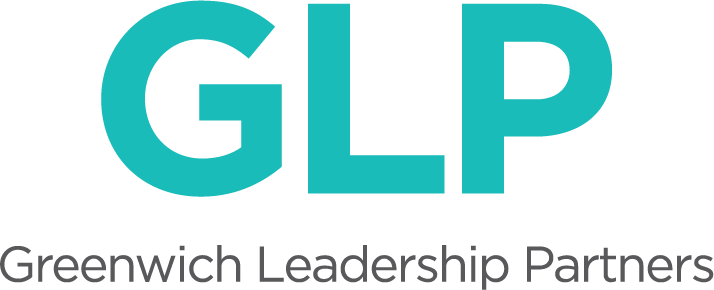Summer is often a time to reflect on one’s leadership - and if you lead a team, you may well be thinking about its effectiveness. Leaders share with us their concerns about their teams, and often hope that a summer retreat or a workshop will help unlock potential and improve performance. We hear things like:
“Everyone is congenial but we don’t collaborate well outside of the room”
“We just can’t seem to get off first base - we are so mired in the day to day”
“My team has weak spots - we are not all A players”
“I’m in the middle of everything - how can I get out and get my team to lead?”
“My team needs therapy”
The instinct to retreat in order to plan, build shared focus, and strengthen the team is a good one. We all need time and space away from the day to day to reflect, connect, think strategically, and improve performance. But it’s not enough. Effective teams need a clear understanding of what it means to be a team, and what they must achieve collectively. It’s sustained work and it means developing new mindsets, abilities and behaviors.
Before diagnosing problems and offering solutions on team dynamics, we start by asking leaders:
How do you know you have a team?
What does a high functioning team look like to you?
What do you do when you meet together? How do you work?
In many cases, what leaders actually have is a leadership group -- a collection of direct reports with functional areas of responsibility, each of whom seeks direction and feedback from their leader. We call this the “hub and spoke model” wherein the leader is the epicenter of the work, and most of the important decisions and direction happen in one on one meetings. The group meets regularly, largely to share information and do some short term blocking and tackling -- day to day technical work that requires coordination. In this model it’s easy to focus on individual performers and performance and the issues of the day - and that becomes the mandate for success.
Does this sound like your team? If so, you may not actually be a team….yet.
Allow us to offer a few guiding principles to get you started so you can practice and evolve together this fall:
Collective performance must trump individual performance in order to make progress. Set enterprise-wide goals that are primary measures of achievement and know that the whole is greater than the sum of the parts. Leaders value both the collective, and the unique roles of each member.
Teams thrive when each member has a valued role with clear, shared purpose. Define the team’s purpose and mandate, and identify why each member is there and what they contribute.
Trust is the foundation, but you can’t win the game without shared understanding of strategy. Trust is a core condition for success, so attend to practices that build confidence. But don’t do it in a vacuum -- do it as part of the work to understand and pursue the strategic aims of the organization.
Players need to train, and teams need to practice. Being a team is sustained, never ending work. Players need to develop their skills, and the team needs to work together and develop its capacity so it can “play” within and across the organization to achieve the goals they’ve set. The playing field, the competition, and the conditions are ever changing -- and the team needs to be both responsive and proactive in order to win.
High functioning teams model the way and shape culture. The best teams know one of their greatest responsibilities is to spread and scale the right mindsets, skills and behaviors throughout the organization. This takes time. Make sure your team’s purpose explicitly addresses this goal and measures enterprise wide impact.
With these principles at the core, what next? How do you bring these principles to life? How do you start teaming? What if you don’t have the players you need? Stay tuned: Parts Two and Three are forthcoming!

